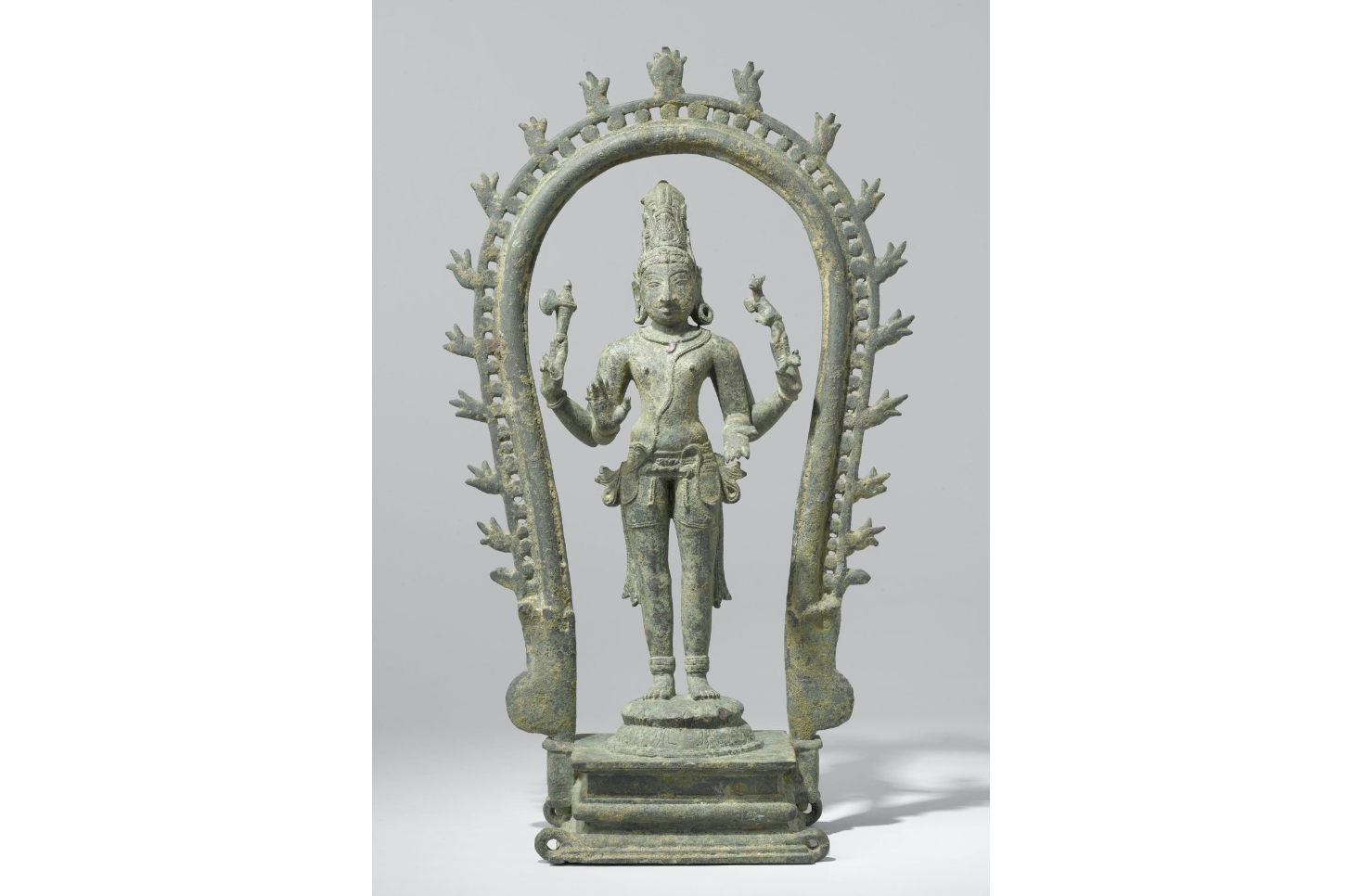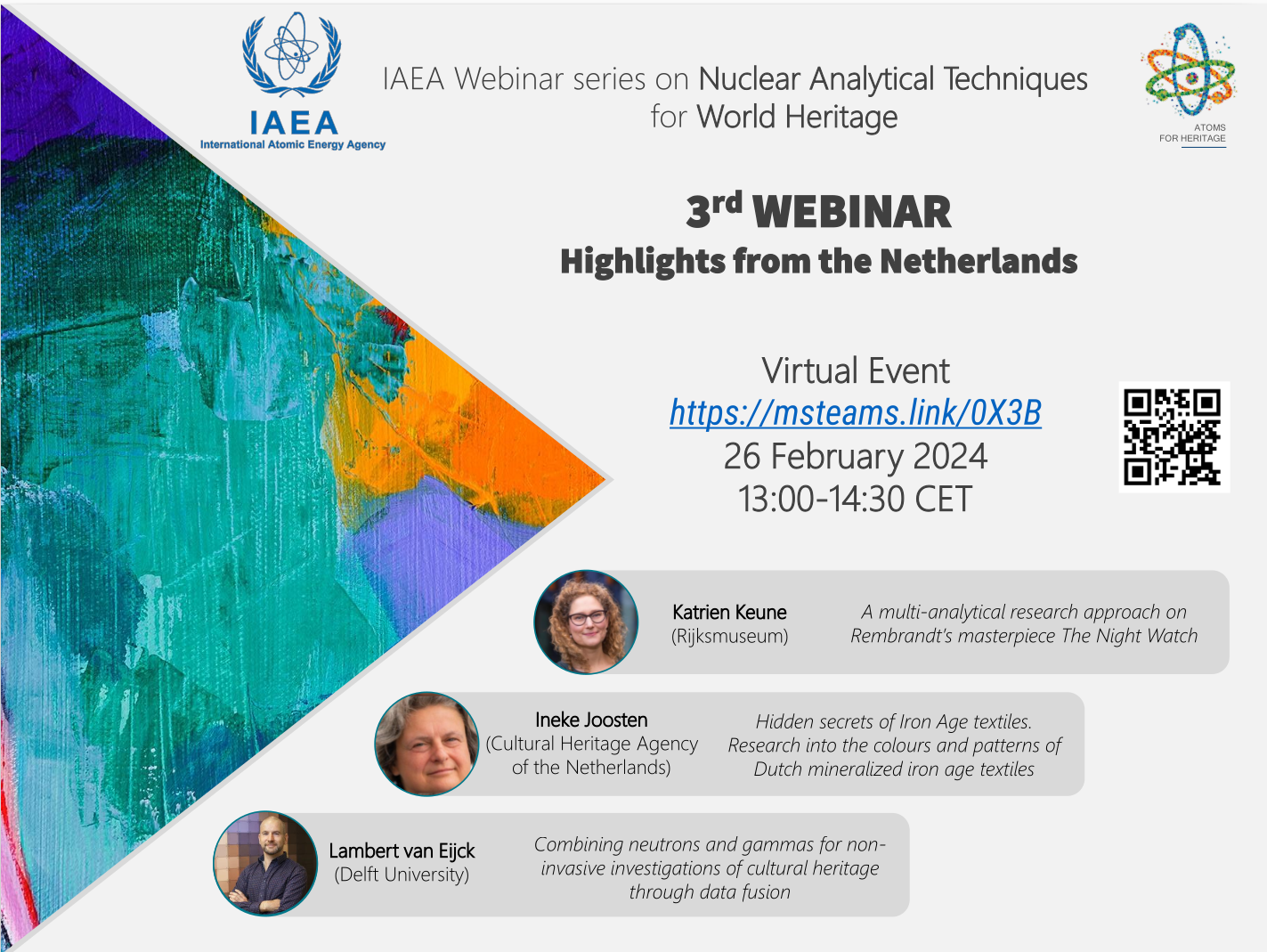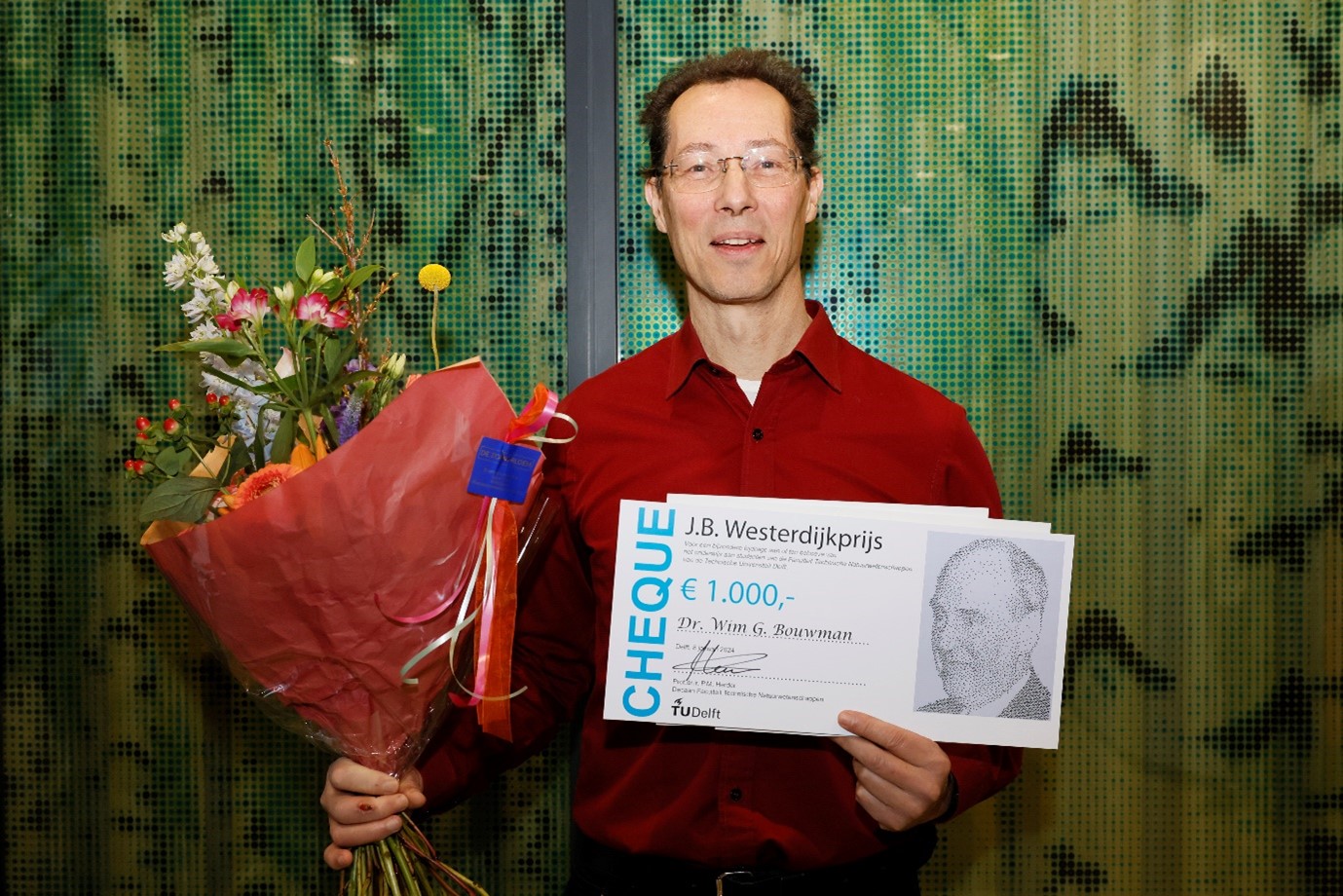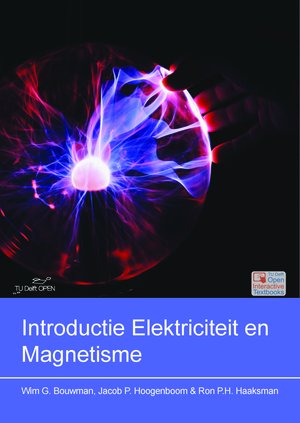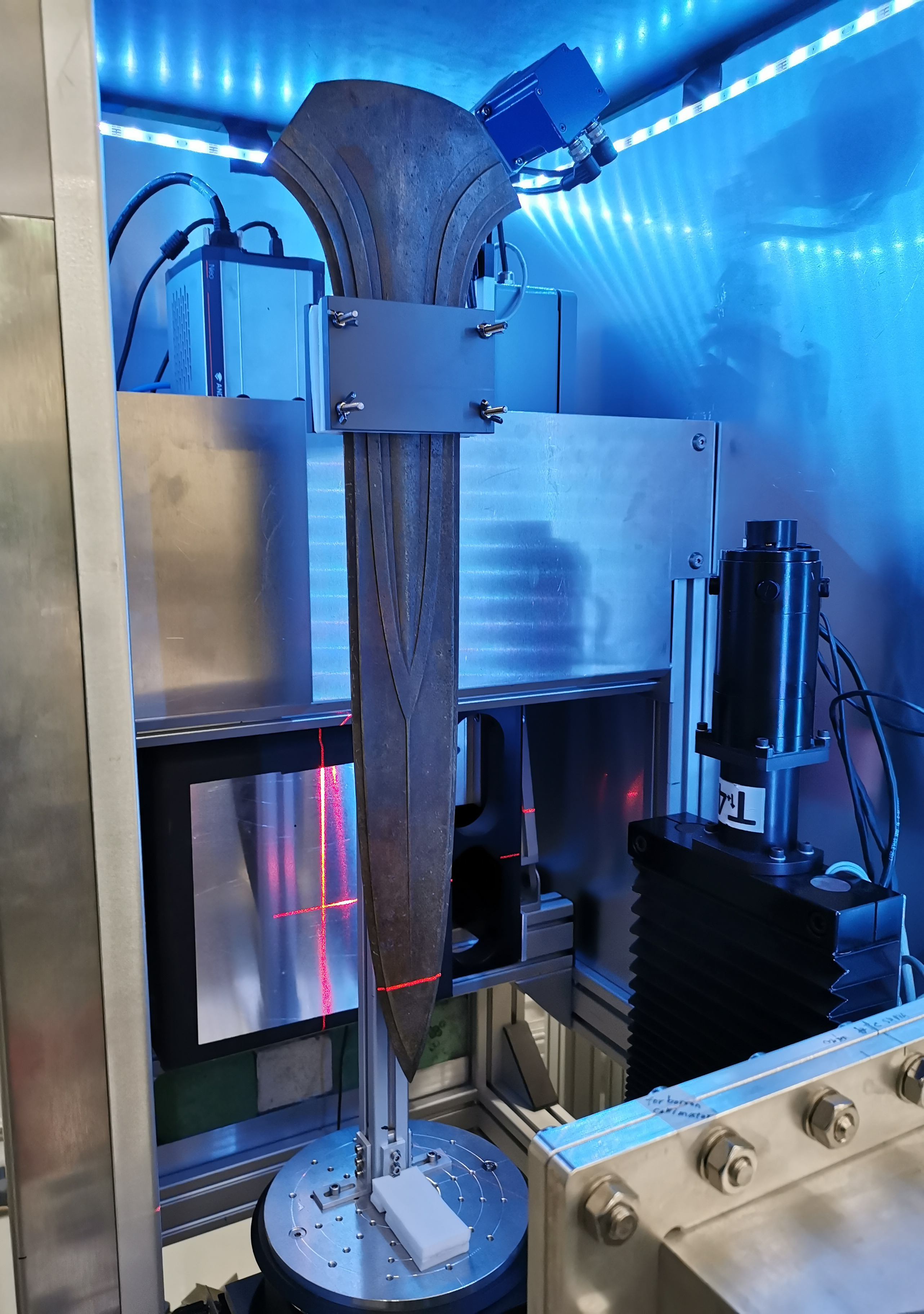News
February 2024
A new publication on research of a large bronze from the Rijksmuseum Amsterdam: in the ancient Chola dynasty the art of casting bronze statues of deities was perfected to the extend that still puzzles scientists today. Together with Italian, German and English colleagues, we applied neutron and gamma techniques to study the bronze composition, the manufacturing and casting skills and the (conservation) state of the "Shiva with the Moon in his hair" (AK-MAK-1291). This work involves the first steps of the data fusion algorithm that PhD student Yueer Li has developed to extract quantitative information from the non-invasive neutron methods we apply to heritage objects.
February 2024
Magnetic materials that show a first-order magnetic transition from a disordered to an ordered magnetic state create a noticeable isothermal entropy change and an adiabatic temperature change, known as the giant magnetocaloric effect (GMCE). By tailoring of their microstructure they can be used for specific applications like solid-state magnetic refrigeration, magnetic heat pumps and thermomagnetic generators to convert low-temperature waste heat into electricity.
By combining high-resolution transmission electron microscopy and positron annihilation spectroscopy it was revealed that a difference in lattice defect concentration is found to be responsible for the significant improvement in suction-casted GMCE samples, which suggests that defect engineering can be applied to control the GMCE in this novel Heusler system.
Impact of fast-solidification on all-d-metal NiCoMnTi based giant magnetocaloric Heusler compounds Fengqi Zhang, Ziying Wu, Jianlin Wang, Wenyu Chen, Zhenduo Wu, Xiang Chi, Chenglong Zhao, Stephan Eijt, Henk Schut, Xuedong Bai, Yang Ren, Niels van Dijk, Ekkes Brück. ACTA MATERIALIA 265 https://doi.org/10.1016/j.actamat.2023.119595
February 2024
We are happy to announce the third episode of the IAEA webinar series on the topic "Nuclear Analytical Techniques for World Heritage", focusing on activities from IAEA Collaborating Centres and other partners in the field of Heritage Science, involving both science and humanities.
This episode will highlight activities from experts in the Netherlands, via Teams on Monday, February 26, 2024, 13:00 - 14:30 GMT+1.
Please visit this website for further information and registration.
February 2024
Magnetic materials that show a first-order magnetic transition from a disordered to an ordered magnetic state create a noticeable isothermal entropy change and an adiabatic temperature change, known as the giant magnetocaloric effect (GMCE). By tailoring of their microstructure they can be used for specific applications like solid-state magnetic refrigeration, magnetic heat pumps and thermomagnetic generators to convert low-temperature waste heat into electricity.
By combining high-resolution transmission electron microscopy and positron annihilation spectroscopy it was revealed that a difference in lattice defect concentration is found to be responsible for the significant improvement in suction-casted GMCE samples, which suggests that defect engineering can be applied to control the GMCE in this novel Heusler system.
Impact of fast-solidification on all-d-metal NiCoMnTi based giant magnetocaloric Heusler compounds Fengqi Zhang, Ziying Wu, Jianlin Wang, Wenyu Chen, Zhenduo Wu, Xiang Chi, Chenglong Zhao, Stephan Eijt, Henk Schut, Xuedong Bai, Yang Ren, Niels van Dijk, Ekkes Brück. ACTA MATERIALIA 265 https://doi.org/10.1016/j.actamat.2023.119595
January 2024
Wim Bouwman was awarded the prestigious J.B. Westerdijk Prize. He received the prize for his exceptional contributions to education.
December 2023
Since the early development of SESANS we discussed the possibility to do 2D-measurements. In this article we present simulations on a possible method using the spin-echo modulated small-angle neutron scattering method. It is certainly possible, however, it it practical?
Simulations and concepts for a 2-D spin-echo modulated SANS (SEMSANS) instrument
S.R. Parnell, S. van den Berg, G. Bolderink, W.G. Bouwman
Journal of Physics: Conference Series 2481 012007 (2023)
https://doi.org/10.1088/1742-6596/2481/1/012007
In experimental science instruments are often calibrated against each other. We participated in a large study to investigate the human and software factor in the data analysis of small-angle neutron scattering (SANS) measurements. For more complex samples the effect of the scientist and software can be considerable. More uniformity in the description of the models of software can help to reduce this effect.
The human factor: results of a small-angle scattering data analysis round robin
B.R. Pauw, G.J. Smales, et al.
J. Appl. Cryst. 56 1618-1629 (2023)
https://doi.org/10.1107/S1600576723008324
October 2023
Wim Bouwman published his first "book" on education. With his colleague teachers they wrote an open textbook around the videos we recorded during the pandemic for their introductory course on electricity and magnetism. They added python calculations to illustrate the theory. It is an open book to make it accessible to everyone who understands
September 2023
In biophysics the relationship between structure and function is investigated. With spin-echo small-angle neutron scattering (SESANS) we determined the fractal structure of chromatin in the nuclei of rat lymphocytes:
Time-of-flight spin-echo small-angle neutron scattering applied to biological cell nuclei
E.G. Iashina, W.G. Bouwman, C.P. Duif, R. Dalgliesh, E.Y. Varfolomeeva, R.A. Pantina, R.A. Kovalev, N.D. Federova, S.V. Grigoriev
J. Appl. Cryst. 56 1512-1521 (2023)
https://doi.org/10.1107/S1600576723007549
July 2023
We have been working with colleagues in the TU Delft to understand better the structure of more sustainable polymers for drug delivery. In our collaboration we looked at the structure and assess how the drug is encapsulated.
https://pubs.acs.org/doi/full/10.1021/acs.langmuir.3c00921
November 2022
The Ommerschans sword is one of the most important pieces from Dutch prehistory and is part of the collection of the Dutch National Museum of Antiquities. This extraordinary sword has now been examined at the TU Delft Reactor Institute, in search of information about its composition and method of making.
